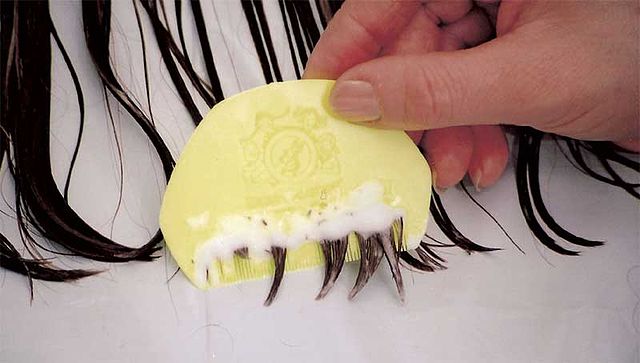Lice: Resistant head lice found in 25 American states

New research has found that nits have become highly resistant to many popular commercial head lice treatments, a news release from the American Chemical Society stated.
According to the research, treatment-resistant lice were found in at least 25 states in America.
This should be a cause for concern for many parents since school vacation is almost over.
Dr. Kyong Yoon from Southern Illinois University said in the press release that their team is the first to gather lice samples from different states in the country.
Furthermore, the team found that out of the 109 lice populations they studied, 104 of them tested positive for gene mutations that have been associated with pyrethroid resistance.
Yoon tested the lice for three genetic mutations known as "knock-down resistance, (kdr)," first discovered among houseflies back in the late 70s.
He found that the lice samples they had carry the gene mutations, which desensitize the pests to the chemical.
In 2014, Yoon published his study of 84 people with lice from the United States and Canada, which revealed that the pests had developed resistance.
For the recent study, he went for bigger samples taken from 30 states in the United States and those that come from 25 states were found to have all three of the gene mutations.
The states include Florida, California, Texas, and Maine, which mean that these states harbor the most treatment-resistant lice.
Michigan is the only state that had lice population still susceptible to treatments and according to Yoon, they are still investigating as to why this is the case.
Researchers presented their study last Aug. 18 at the annual National Meeting & Exposition of the American Chemical Society, which featured over 9,000 scientific presentations, a press release for the event stated.
Lice infestation can still be controlled with various prescription chemicals, Yoon said. However, he cautioned that overusing a certain chemical might lead to resistance.
The good thing is that lice do not transmit any diseases; they are simply a nuisance, Yoon added.











